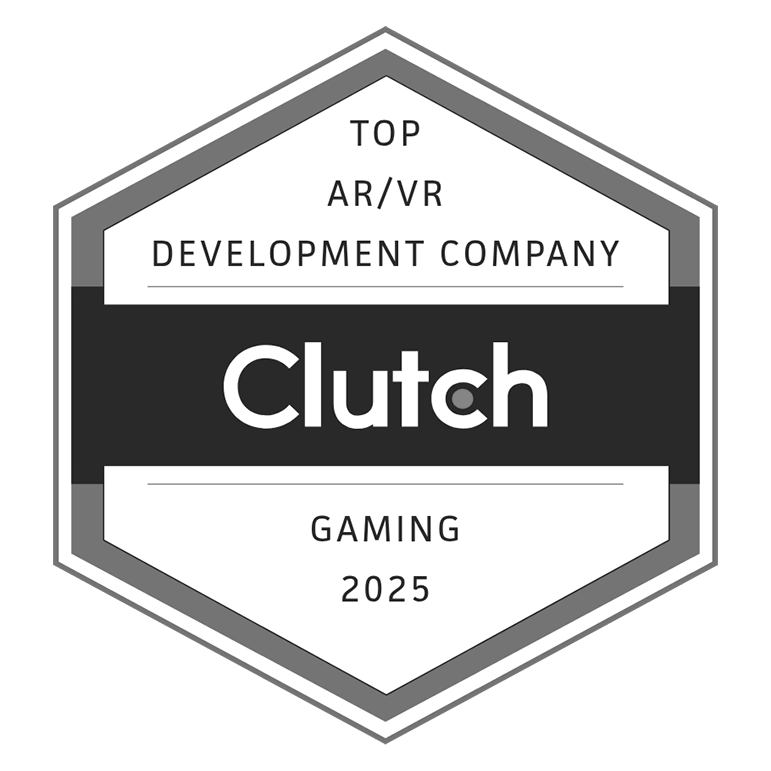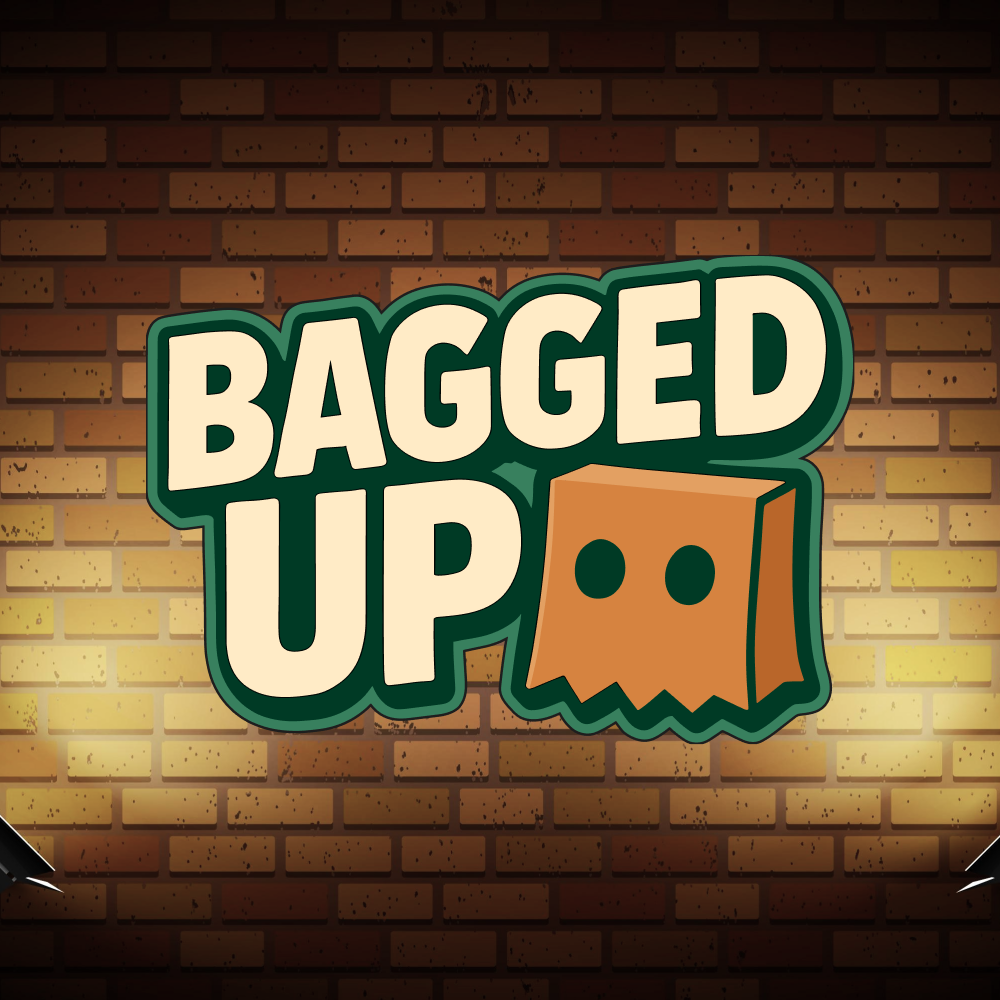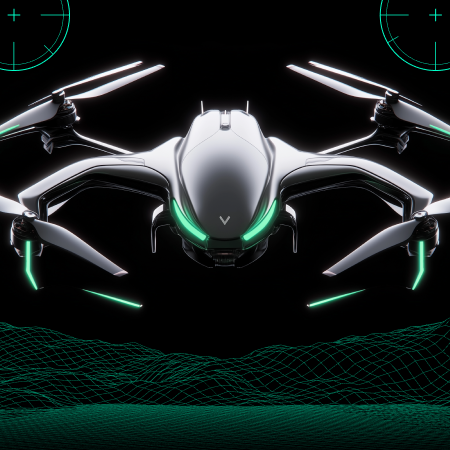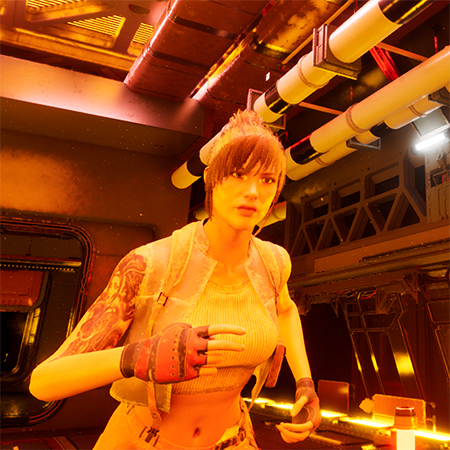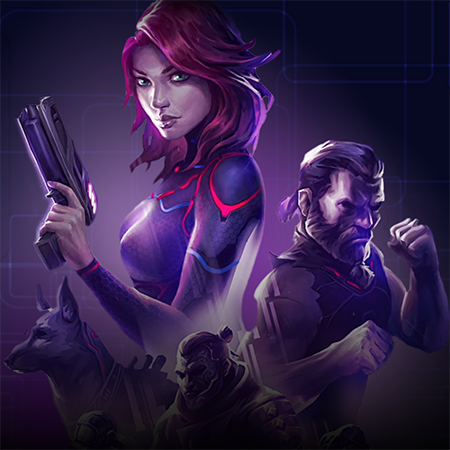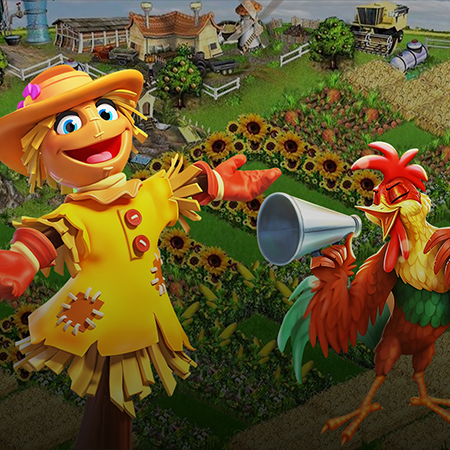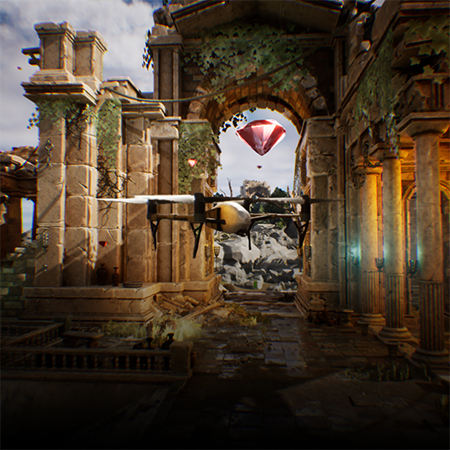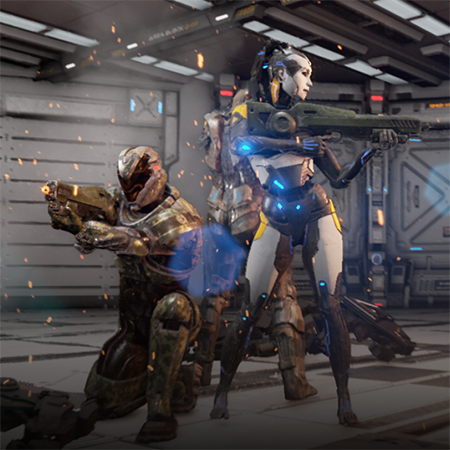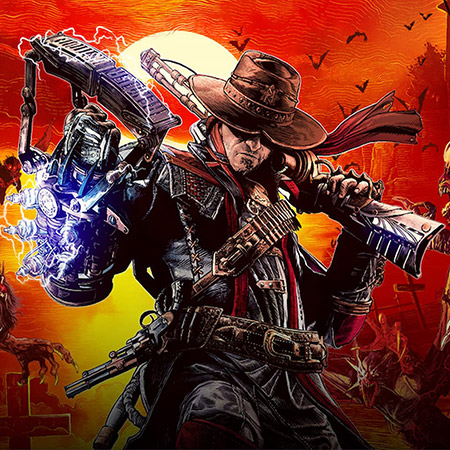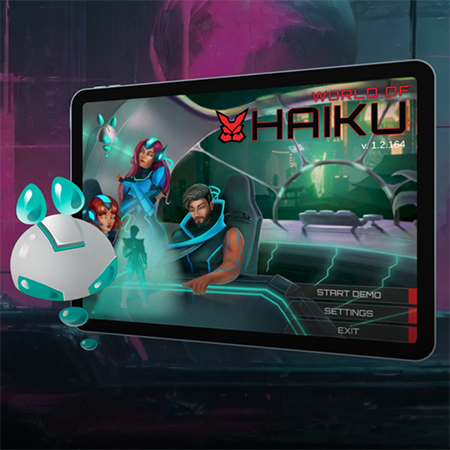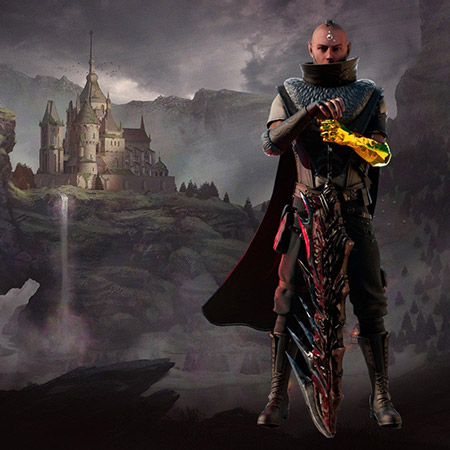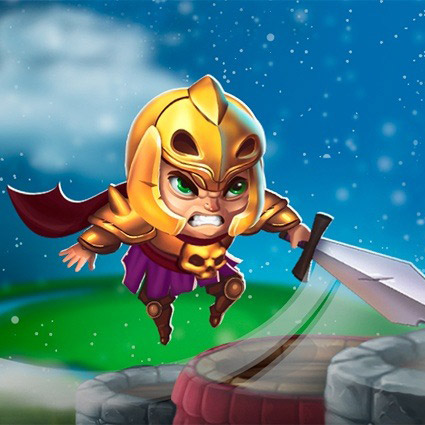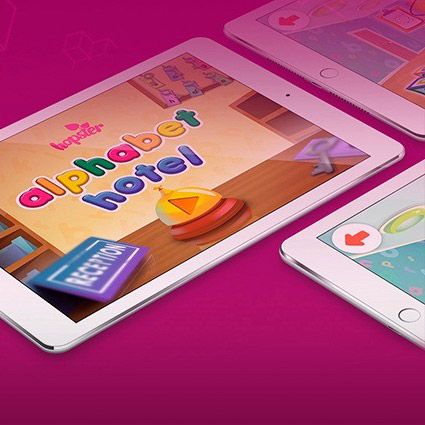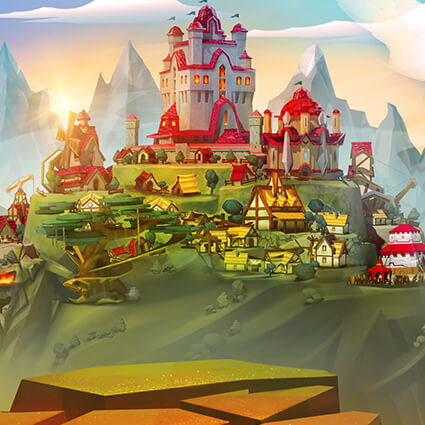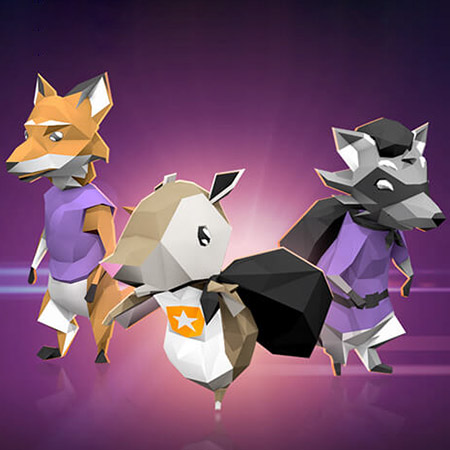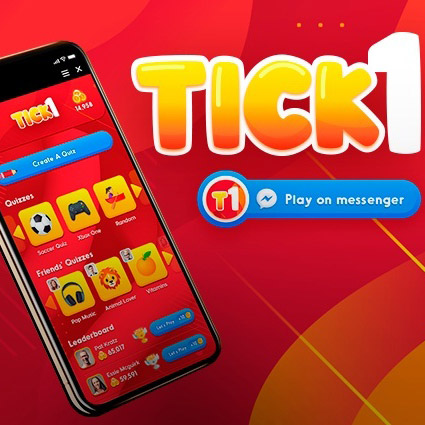Did you know that mobile games represent the largest segment of the whole gaming market? Statistics showed that the mobile share of the total gaming revenue had reached 59% by 2021, while in 2012, it was only 18%. Even though these numbers represent high demand for mobile games, it also means enormous competition. So, if you want to launch your mobile gaming product on the market, it’s better to ensure its uniqueness and attractiveness to your target audience.
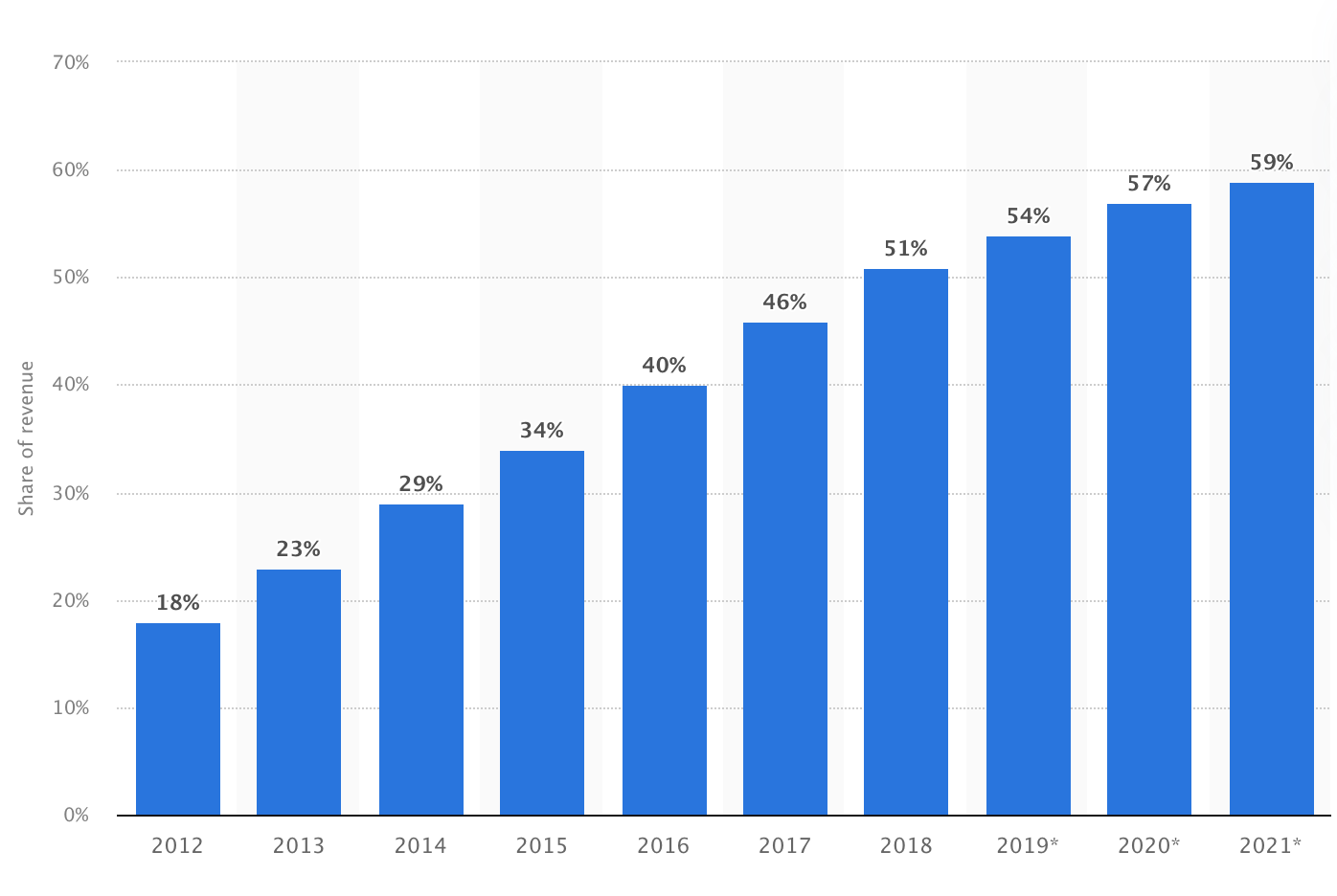
In order to make a game eye-catching, experienced developers pay special attention to game design, which implies a fantastic idea, striking art, flawless user experience, and more. However, there’s much more exciting information and crucial principles helping to design mobile games that succeed.
Thus, we’ve prepared for you mobile game design essentials, professional tips, and useful game art design services to make your project shine. Get comfortable and explore all the insights you need.
Mobile Game Design Essentials and Tips
Eventually, mobile game design is the art of creating a user-friendly gaming system with attractive visuals. More specifically, we’d highlight 5 main components: mechanics, economy, logic, art, and user experience.
However, this short description doesn’t represent how much you need to think through to make your mobile game design flawless. So, there’s a list of top 5 mobile game design tips to reach outstanding results:
Mechanics is essential. In mobile video games, players don’t have physical controllers. They use smartphones or tablet screens to manipulate game characters and objects, as well as interact with a game. Hence, mobile game controls design should be performed in accordance with user behavior, screen sizes, and OS features.
Work on mobile GDD. The mobile game design document is a set of agreed rules, requirements, and workflow for a project. This step is often underestimated since developers consider GDD as formal paperwork. However, it’s essential for well-thought planning as well as avoiding mistakes and misunderstandings during a process.
Add some seasonal features. Updating a game with thematic design and functions on holidays (like Christmas and Easter) isn’t so common for PC or console games but good practice for mobile ones. For example, you could see a seasonal game design in the Subway Surfers game, which most players adore.
Update features and content carefully. Even though players usually like content refreshing and new features, such updates often cause new bugs affecting the user experience. In order to prevent side effects, it’s better to pay special attention to quality assurance from the very development process to update implementation.
Choose a free ad-based monetization model. There are 3 most popular mobile game monetization models: PA (paid app), IAP (in-game purchases), and IAA (in-app-ad). However, a study shows that 50% of mobile gamers prefer free ad-based games, so this option is the right fit if you target a broad audience. In addition, 72% of users voluntarily engage with the rewarded ads mobile game monetization design.
Use a powerful game engine. Choosing the right software is one of the leading mobile game design principles. So, we recommend going with Unreal Engine for mobile game creation if your focus is on complex gameplay with comprehensive functionality and high-quality graphics. On the other hand, you can design cross-platform mobile games with Unity in a more efficient way as well as integrate ads with a particular solution.
How to Design a Mobile Game: A Guide to the Primary Steps
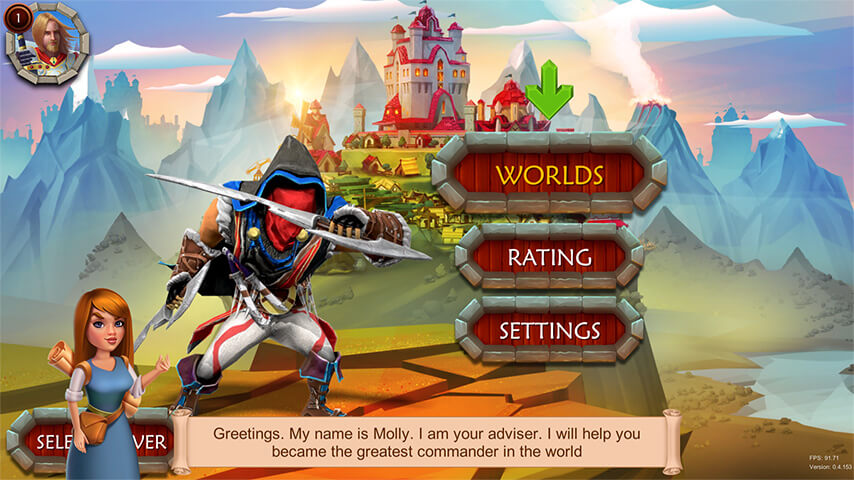
If you are going to work on your first mobile gaming project, it’s better to understand what steps will lead you to the expected result. So, let’s examine how to design a game app and what stages will definitely be a part of your project.
Pre-production
Preparation stage takes plenty of work, but it will ensure you target the desired goal and a flawless workflow. First of all, analyze the market and your competitors. Once you define the current supply and demand in the field you want to enter, highlight the strengths and drawbacks of the most popular products to consider them in your project later.
Additionally, to prepare for future art design, it’s necessary to work on game concept art. Basically, it’s a document with sketches of game characters, environment, and props created to visualize content, thinking out its details well.
Then, based on the collected data and agreed visuals, it’s time to develop a mobile game app design prototype. This way, developers create a kind of demo version of a mobile game that doesn’t require complex coding in order to check if they get an idea correctly. After a prototype is approved, the preliminary work begins.
2D art design/3D modeling
Depending on the game format you aim to create, a 2D or a 3D one, there would be different processes.
2D art
Creating mobile game graphic design for a two-dimensional world is usually easier and faster than working on 3D models.
Everything you need to do is sketch game scenes, paint them, and animate them with a chosen technique.
However, detailed graphics take much time and effort, not to mention talent and high-level painting skills.
3D modeling
In contrast to 2D art design, 3D modeling is a complex development process. You start with blocking out and making a shape of your future model.
Then, it’s time for several more steps like sculpting, mapping, and texturing.
Eventually, each model is brought to life with animation, and scenes are usually accomplished with visual effects (VFX).
Game level design
Any video game has its structure and logic. For example, you can create an open world where players explore different locations and complete quests to unlock new ones. It can also be a level-by-level logic, leading a player through a linear plot — from the first level to the final. This process of defining gameplay structure is called game level design, and its choice usually depends on a game genre.
Mobile game UI design
Working on UI (user interface) design, the golden rule is to picture yourself in a gamer’s place. So, what would be essential for any player? First and foremost, effective game UI is about space efficiency, informativeness, and organic art solutions.
For example, designers should create buttons of optimal size and place them in a way a player could use in a natural hand position while not noticing them during gameplay. In addition, a color pallet should be harmonious with a game color scheme but don’t merge with it. Thus, there are dozens of particularities in mobile game interface design that are better to consider.
Mobile game UX design
Any mobile game consists of multiple components for interaction, and a gamer’s impression from the use of a game is called user experience. For example, gamers mustn’t lose a fight because of too complex and uncomfortable control button combinations or placement.
Hence, this feature should be considered when working on mechanics as well as other particularities of user behavior. In addition, cases like an interruption from notifications/calls and game progress savings also should be solved by user experience specialists.
Testing
Quality assurance (QA), or testing, is about how to make mobile game graphics and gameplay bug-free. Eventually, you should check the quality of your game design at each point of development.
Start with unit testing, which should be used in the middle of development testing if each code unit functions well. Further, there are 3 more mobile game testing stages: Alpha, Beta, and post-production.
Alpha testing consists of several QA methods for assuring the quality of various game components under different conditions. QA engineers conduct this testing type before the game launch.
In turn, Beta testing is divided into the closed Beta — testing UX with professionals before launch and the open Beta — UX/UI quality assurance run conducted by average gamers.
Finally, when a mobile game is already in the AppStore or PlayMarket, it’s time to collect first real users’ feedback and fix minor errors. Additionally, the tester’s job is required for each update and implementation of new features/content.
Looking for professionals to cover all of these steps?
How to Make Android/IOS Game Design
In fact, there are many different operating systems in the world that just aren’t very popular, like Windows phone OS, Symbian, or Samsung. Notably, the most significant market shares are Android and iOS systems — 47.51% and 41.97%, respectively.
That’s why we are going to tell you about the particularities of mobile game app design for those two and share some professional tips as a bonus.
Android game design
According to statistics, approximately 449k mobile gaming apps were available in the Google Play Store as of the first quarter of 2024. Each of them is tightened together with standard game design features like buttons styled with shadows and game design challenges described below.
The main Android game design difference is in the large variety of smartphone models and screen sizes working on this OS. That means specialists should adapt the game design to many devices, like all the latest Samsung, Xiaomi, Google Pixel phones, etc. Accordingly, Android game testing is recourse- and time-consuming, as it’s too expensive to buy all the models of Android-based smartphones, while emulators would run tests too long.
iOS game design
The design for any iOS app, not only the gaming one, should strictly meet the App Store guidelines requirements. Otherwise, your mobile game wouldn’t be published. Even though these rules have some limitations, it makes iOS applications more reliable and safe.
As for the design itself, one of the primary particularities is a so-called forelock (with dynamic and front camera) on the top of all the latest iPhones screen. This feature slightly cuts the screen off, so any visuals shouldn’t be placed there. In addition, the buttons in iOS apps follow a flat design pattern.
In contrast to Android-based devices, a single iOS-based company Apple produces significantly fewer models for their devices. Hence, it’s optimal to test mobile games designed for iPhones and iPads on real devices, making the QA more accurate and time-effective.
Successful Mobile Game Design with Game-Ace
Whatever platform you choose for your future project, it’s essential to hire mobile game designers with broad experience and high proficiency. Yet, hiring an in-house team usually requires too much effort to find qualified specialists. It also takes severe expenses for a full-time salary, social packages, and purchasing all the needed equipment.
Instead, we offer to consider partnering with Game-Ace, a reliable game development agency that works hard for their client’s sake. Our core expertise lies not only in building games of any kind (including NFT ones) but also in providing concept art, QA services, and working with AR/VR technologies. According to your needs, you can outsource the whole project to us, or we can dedicate a mobile game designer to your team.
Contact us so that we can provide you with more detailed information about available business models and get to know about your needs.

 How to Design Learning Games That Teach Real-World Skills to Young Learners
How to Design Learning Games That Teach Real-World Skills to Young Learners 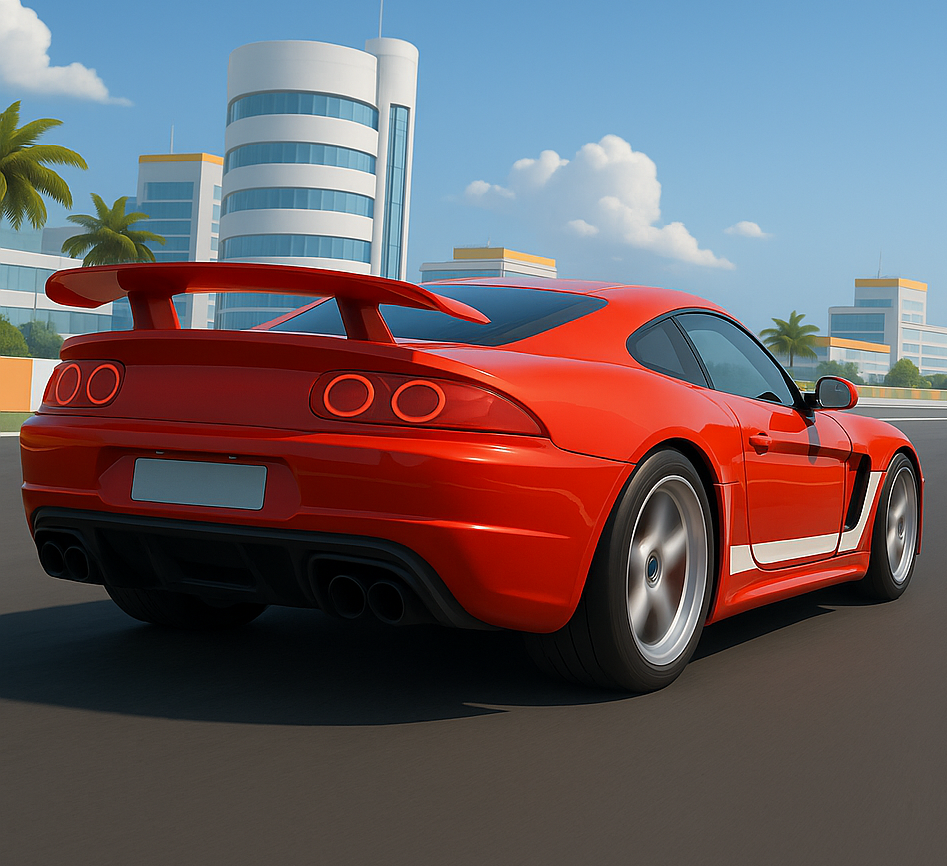 Behind the Beeps: How Arcade Game Design Still Shapes Interactive Entertainment
Behind the Beeps: How Arcade Game Design Still Shapes Interactive Entertainment 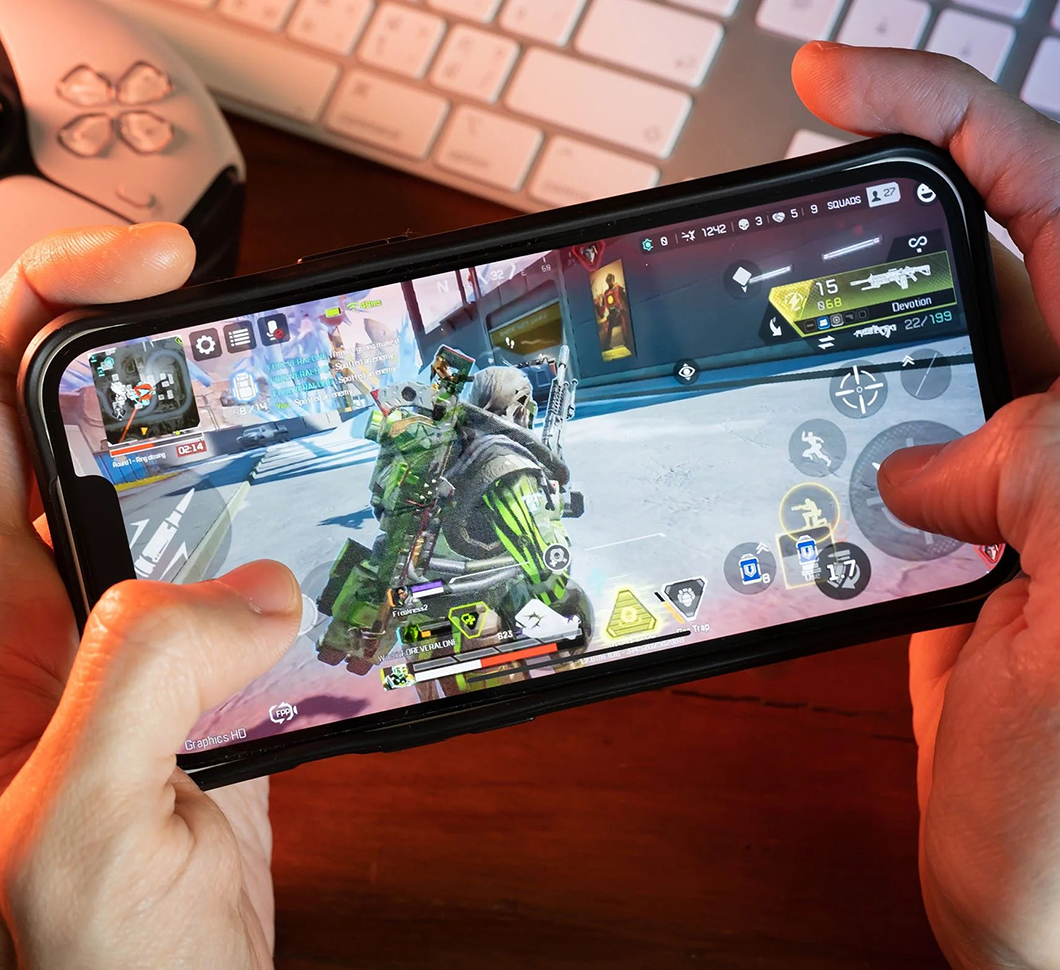 How to Make a Game App That Captures Users and Dominates the Market
How to Make a Game App That Captures Users and Dominates the Market  Crafting Immersive Worlds: The Power of Game Environment Design
Crafting Immersive Worlds: The Power of Game Environment Design 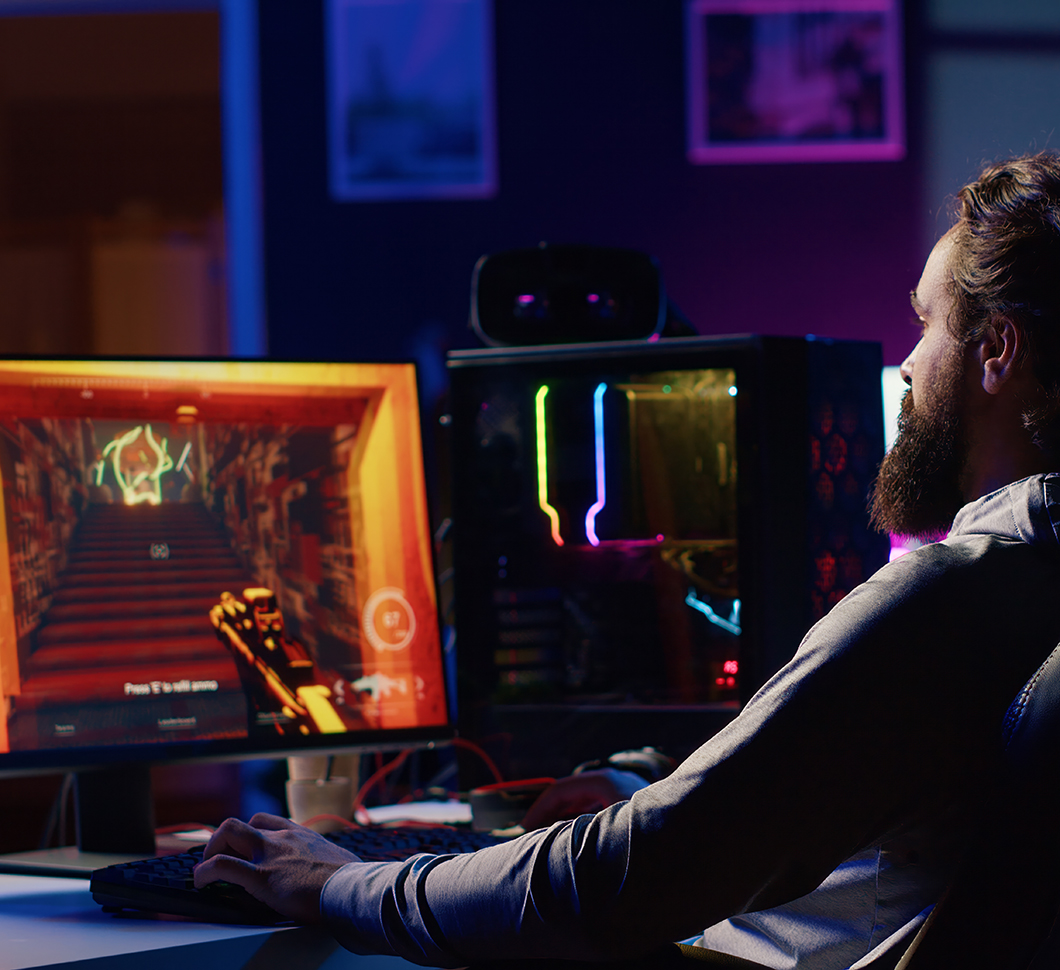 Mastering Narrative Game Design for Unforgettable Player Experiences
Mastering Narrative Game Design for Unforgettable Player Experiences 








